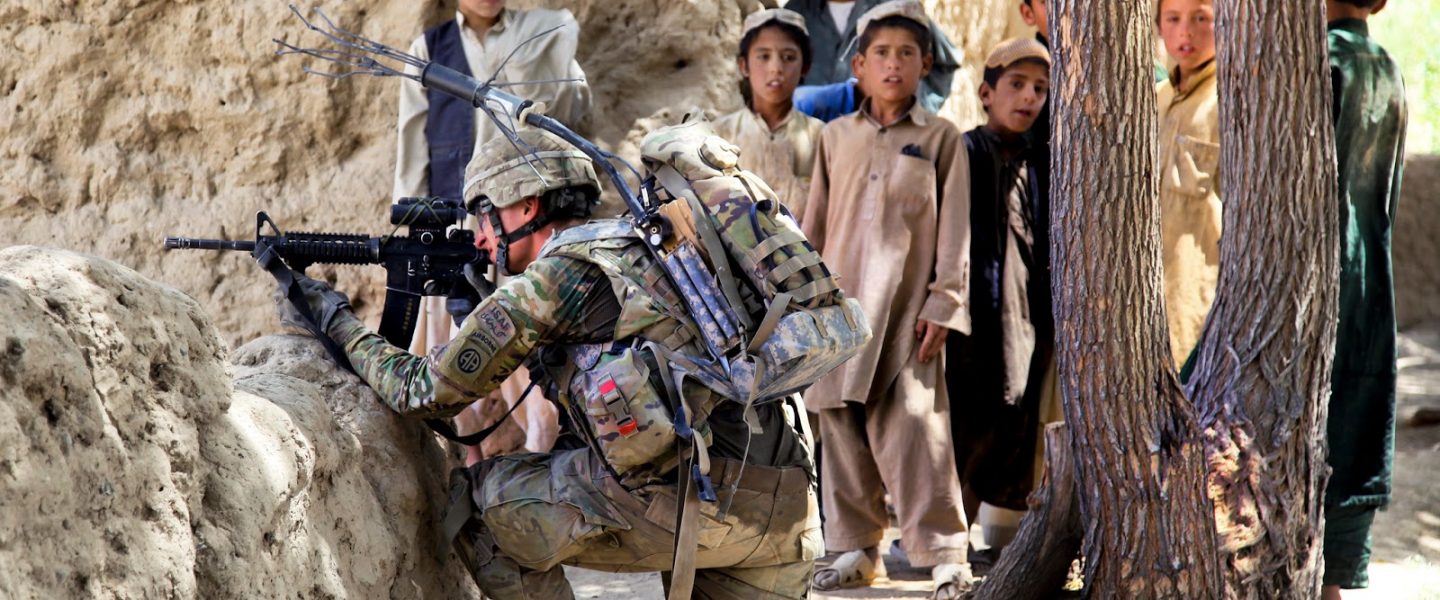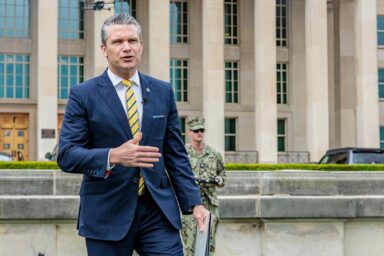Despite President Donald Trump’s stunning announcement this month, Afghan peace talks are not yet dead. They are, however, only a first step on a long road to peace.
Efforts to integrate former Taliban fighters back into Afghan society are doomed without a peace agreement, yet no sustainable peace can come about without the successful return of combatants to civilian life.
This is how John Sopko, the special inspector general for Afghanistan reconstruction, outlined a key dilemma facing the US in its longest war to date at a US Institute of Peace (USIP) event last week.
Unbeknownst to almost everyone, the major Taliban leaders and, separately, the President of Afghanistan, were going to secretly meet with me at Camp David on Sunday. They were coming to the United States tonight. Unfortunately, in order to build false leverage, they admitted to..
— Donald J. Trump (@realDonaldTrump) September 7, 2019
On Sunday, a Taliban delegation traveled to China, ostensibly to restart peace talks that President Donald Trump dramatically canceled in a tweet on September 7, following a deadly Taliban attack in Kabul. Violence has spiked in the war-torn country since then, yet the Afghan government, which had been sidelined from the negotiations, has attempted to seize the initiative ahead of a key election on September 28.
A #Taliban nine members delegation, led by Mullah Abdul Ghani Baradar has traveled to #China. pic.twitter.com/4IPHPUjtlG
— Pajhwok Afghan News (@pajhwok) September 22, 2019
Pundits believe the window of opportunity for peace is still open. “The very fact that talks had advanced to the point where President Trump could invite Taliban leaders and President [Ashraf] Ghani to come to Camp David illustrates how much progress was made over the past year by Ambassador [Zalmay] Khalilzad and his team,” wrote Andrew Wilder, a senior Afghanistan expert at USIP, in a September 10 analysis on the institute’s website.
These talks created the most plausible opening for peace in Afghanistan since 2001. The basic elements of an agreement — a conditional drawdown of US forces in return for the Taliban cracking down on terrorist groups and negotiating a cease-fire and political settlement with the Afghan government — are now clear. Whether talks revive in the near term or further in the future, any successful peace effort is likely to depend on these same core elements.
Such a settlement would be key to efforts to reintegrate up to 150,000 Taliban fighters — about 60,000 of whom are full-time fighters, with the rest participating in active warfare depending on the season. In addition, pro-government fighters, whose morale has been notoriously low in recent years, would also need readjustment to civilian life.
Afghanistan: 17 Years of Incompetence, Corruption, and Waste
15 Years after Invasion, Afghanistan Is a Mess Nobody Talks About
“As long as the Taliban insurgency continues, the US should not support a comprehensive program to reintegrate former fighters, because of the difficulty in vetting, protecting, and tracking former fighters,” said Sopko.
“We found that past [reintegration] programs [attempted in the absence of a peace deal] did not lead to any significant number of former fighters reintegrating into society, did not weaken the insurgency, and did not reduce violence.”
Defecting Taliban fighters are often subject to retribution, both by their former comrades and by their former enemies. More than 200 were killed during a previous reintegration attempt, data presented during the USIP panel discussion showed. Unemployment and economic underdevelopment in the context of a protracted civil war further complicate efforts to return combatants to civilian life. About 30 percent of Afghans aged between 15 and 24 are unemployed, while the overall rate for the country is 23 percent.
Both military and economic development in Afghanistan have been plagued by a long series of fiascos over the past 18 years of war, and many analysts have been wondering whether the Taliban are sincere in the talks or are simply trying to divide their opponents and wait the Americans out. Nevertheless, negotiations conducted in Doha, Qatar, continued to make progress over the past few months and can perhaps now be restarted with the help of China and other regional powers.
Still, even if a deal is struck, major challenges on the road to peace will remain. A true end to the brutal and chaotic civil war, which has led to a spike in opium production and exacerbated the refugee crisis in Europe, would be impossible without the reintegration of hundreds of thousands of combatants back into society.
“A failure to reintegrate combatants of all stripes into Afghan society will only lead to the continuation of a 40-year cycle of war that has led to generations of Afghans growing up knowing only death and destruction,” Sopko concluded. “And for Afghanistan’s supporters, the continuation of the sacrifice of blood and treasure in a distant land.”
Related front page panorama photo credit: Adapted by WhoWhatWhy Expert Infantry / Flickr (CC BY 2.0).



